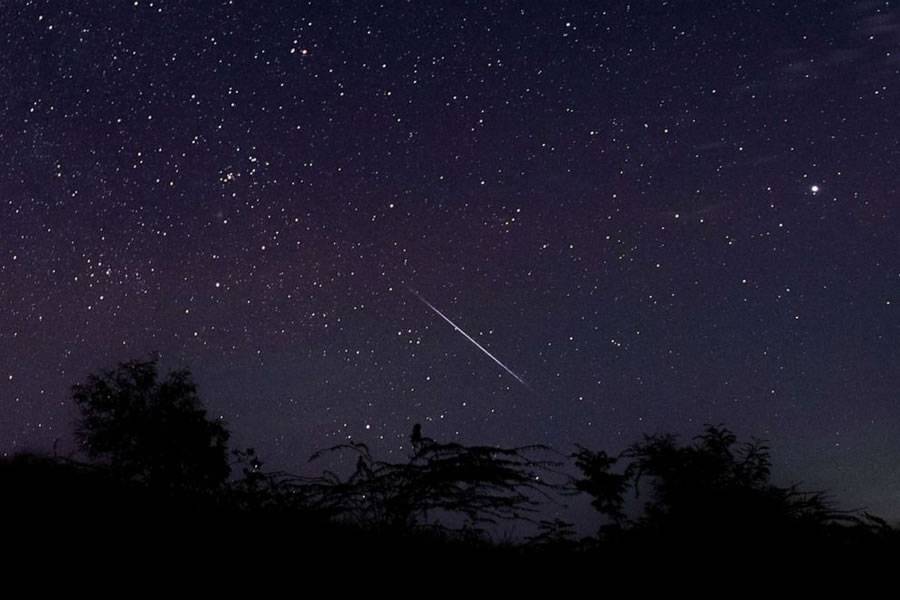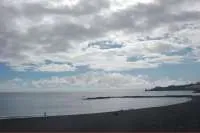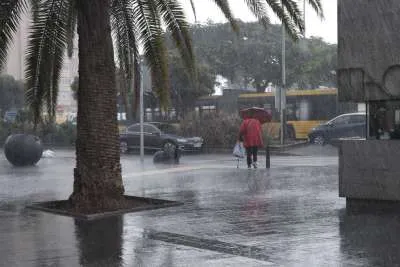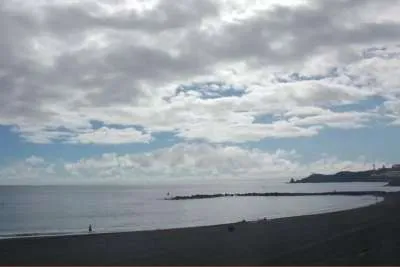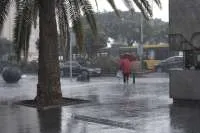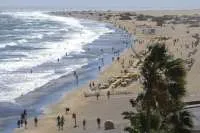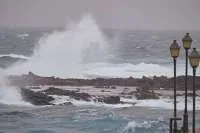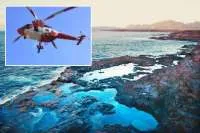How and when is it best to see the Eta Aquarid meteor shower from tonight
- 06-05-2022
- National
- Canarian Weekly
Every year it is possible to see the Eta Aquarid meteor shower between April 19th and May 28th, but the best day to see them is tonight, Friday night, after midnight, when the moon sets leaving a perfectly dark sky to see this celestial spectacle. Lovers of stargazing in the Archipelago are in luck since they will also be able to see the Halley meteor shower here in the Canary Islands.
The meteor shower will be visible in both the northern and southern hemispheres but will be better seen from places located in the tropics, such as the Canary Islands. The Eta Aquarids come from Halley's Comet, which like the Orionid Meteor Shower, occurs in October.
These showers happen every year when the Earth, during its orbit around the sun, passes through an area populated with the fragments detached from the comet, which leaves small metallic particles that pass through our atmosphere and disintegrate, becoming the shooting stars that we see.
Halley's Comet, discovered by Edmond Halley (1656-1742), is undoubtedly one of the most popular celestial objects in history, and thanks to its orbit around the Sun, we can see it every 76 years with the naked eye. The last time was in 1986 and the next time will be in 2061.
The Eta Aquarid meteors have an activity rate of between 40 and 85 meteors per hour, and a fairly high speed of about 66 kilometres per second, according to data from the National Astronomical Observatory (OAN).
From our latitude, 40° north, the meteor shower seems to have a single centre point of origin from which all shooting stars seem to emerge, which is called the "radiant". The location of that radiant is used to name the meteor shower, and in this case, the Eta Aquarids have their radiant on the Eta star in the constellation Aquarius.
To see the meteor shower clearly, it is best to find a place away from obstacles that make it difficult to see, such as buildings, trees, or mountains, and somewhere away from light pollution as the darker it is the better, and it is not necessary to use any optical instruments.
Other articles that may interest you...
Trending
Most Read Articles

Featured Videos
A Vision of Elvis Tenerife Promo
- 10-05-2025
TEAs 2025 Highlights
- 17-11-2025


